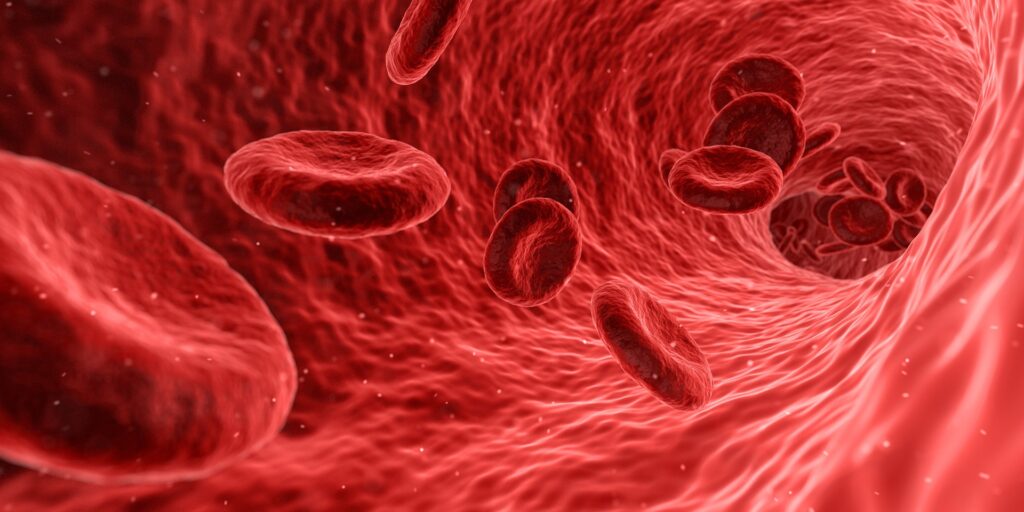Human Breast Milk Could Yield Antibiotic Secrets

Researchers believe that antibacterial properties of sugars in human breast milk could be harnessed for new antimicrobial therapies.
Group B Streptococcus (GBS) bacteria are a common cause of blood infections, meningitis and stillbirth in newborns, and are becoming resistant to antibiotics. Researchers have now discovered that human milk oligosaccharides (HMOs), short strings of sugar molecules abundant in breast milk, can help prevent GBS infections in human cells and tissues and in mice. This might yield new antibiotic treatments, the researchers believe.
“Our lab has previously shown that mixtures of HMOs isolated from the milk of several different donor mothers have antimicrobial and antibiofilm activity against GBS,” says Rebecca Moore, who is presenting the work at a meeting of the American Chemical Society (ACS). “We wanted to jump from these in vitro studies to see whether HMOs could prevent infections in cells and tissues from a pregnant woman, and in pregnant mice.” Moore is a graduate student in the labs of Steven Townsend, PhD, at Vanderbilt University and Jennifer Gaddy, PhD, at Vanderbilt University Medical Center.
According to the US Centers for Disease Control and Prevention, about 2000 babies in the U.S. get GBS each year, with 4-6% of them dying from it. The bacteria are often transferred from mother to baby during labour and delivery. An expectant mother who tests positive for GBS is usually given intravenous antibiotics during labor to help prevent early-onset infections, which occur during the first week of life. Notably, late-onset infections (which happen from one week to three months after birth) are more common in formula-fed than breastfed infants, suggesting breast milk has factors which could help protect against GBS. If so, the sugars could be a replacement for current antibiotics which are steadily becoming less effective.
The researchers studied the effects of combined HMOs from several mothers on GBS infection of placental macrophages and of the gestational membrane. “We found that HMOs were able to completely inhibit bacterial growth in both the macrophages and the membranes, so we very quickly turned to looking at a mouse model,” Moore says. They examined whether HMOs could prevent a GBS infection from spreading through the reproductive tract of pregnant mice. “In five different parts of the reproductive tract, we saw significantly decreased GBS infection with HMO treatment,” Moore notes.
To determine which HMOs and other oligosaccharides have these antimicrobial effects and why, the researchers made an artificial two-species microbiome with GBS and the beneficial Streptococcus salivarius species growing in a tissue culture plate, separated by a semi-permeable membrane. Then, the researchers added oligosaccharides that are commonly added to infant formula, called galacto-oligosaccharides (GOS), which are derived from plants. In the absence of the sugar, GBS suppressed the growth of the “good” bacteria, but GOS helped this beneficial species grow. “We concluded that GBS is producing lactic acid that inhibits growth, and then when we add the oligosaccharide, the beneficial species can use it as a food source to overcome this suppression,” Moore explained.
The first HMOs tested did not have this effect, but Townsend says it’s likely that one or more of the over 200 unique sugars in human milk will show activity in the artificial microbiome assay. There are likely two reasons why HMOs can treat and prevent GBS infection: they prevent pathogens from sticking to tissue surfaces and forming a biofilm, and they could also act as a prebiotic by promoting good bacteria growth.
“HMOs have been around as long as humans have, and bacteria have not figured them out. Presumably, that’s because there are so many in milk, and they’re constantly changing during a baby’s development,” Townsend said. “But if we could learn more about how they work, it’s possible that we could treat different types of infections with mixtures of HMOs, and maybe one day this could be a substitute for antibiotics in adults, as well as babies.”
Source: American Chemical Society






